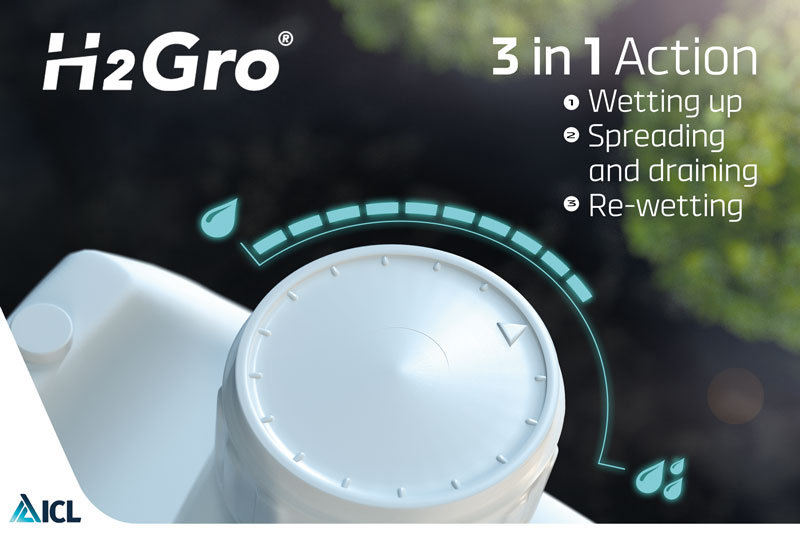The substrate’s proper hydration can affect plant quality, and it’s possible that you’re not yet familiar with the direct link between profit and effective water management. In ornamental horticulture, wetting agents are a valuable tool that helps overcome soil hydrophobicity.
Time, energy and dozens of scientists: these are the resources used to develop the most advanced wetting agents in the horticultural sector. Let’s see why we say that wetting agents should be used and why we say that they make a difference on your business!
Sometimes soils and growing substrates are hydrophobic. Some by nature, others by environmental causes and cultivation conditions: they reject water rather than absorb it. If the soil does not retain enough water, the plants are affected and yields are reduced.
The active ingredient of wetting agents is called “surfactant” and works by reducing the surface tension of water. Surfactants show different characteristics based on the length of their molecules. These different characteristics allow to formulate wetting agents for different purposes:
• penetrating wetting agents make sure that water spreads throughout the soil profile
• preservative wetting agents facilitate the retention of water in the substrate
The common denominator of wetting agents, however, are long-chain molecules that dissolve slowly in the soil and thus reduce repellency and improve the availability of moisture over time.
Improving water management can be achieved by mixing H2Gro with substrates meant for ornamental plants. When a substrate is properly hydrated, the plant can use 100% of the volume of the pot to grow.
With H2Gro you have the best irrigation, without peaks or shortages. This saves water and improves nutrition efficiency.
Benefits
- Protection against plant stress
- Boosts nutrient uptake
- Plants stay healthier for longer
- Fewer dried-out areas
- Helps stop plants from falling over, reducing losses
- Eliminates dry patches in pots and containers in plant beds













